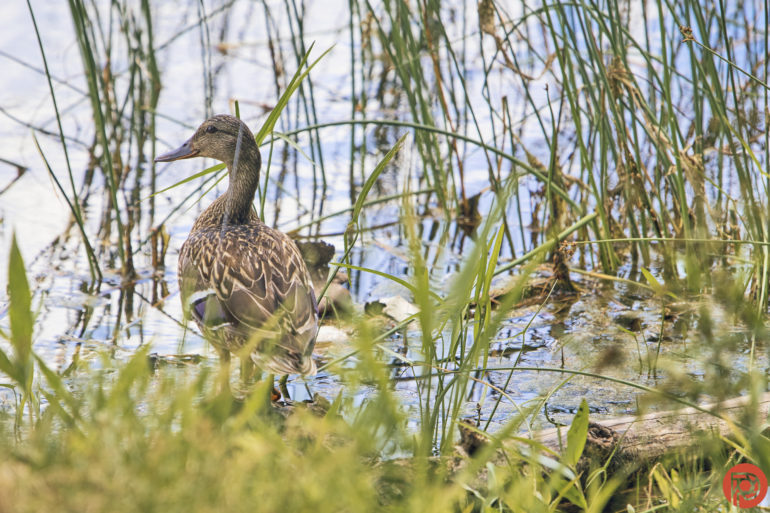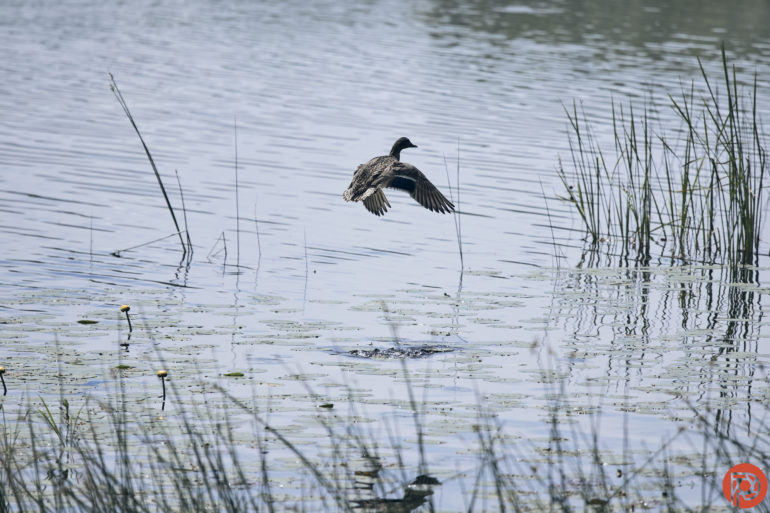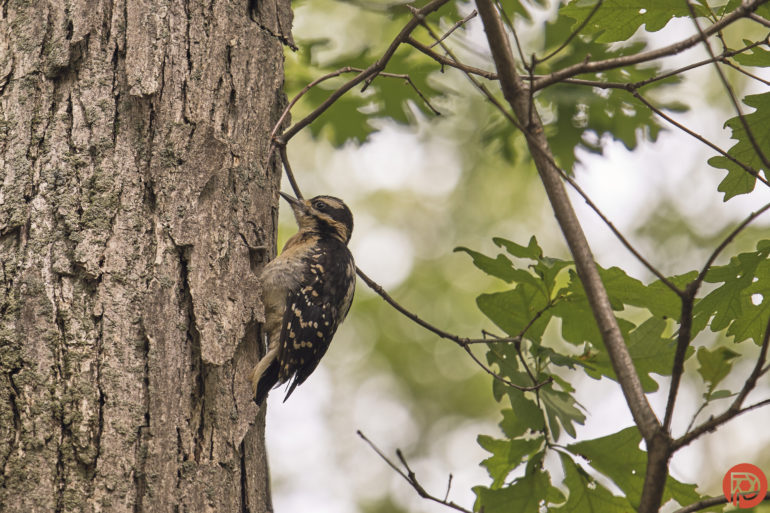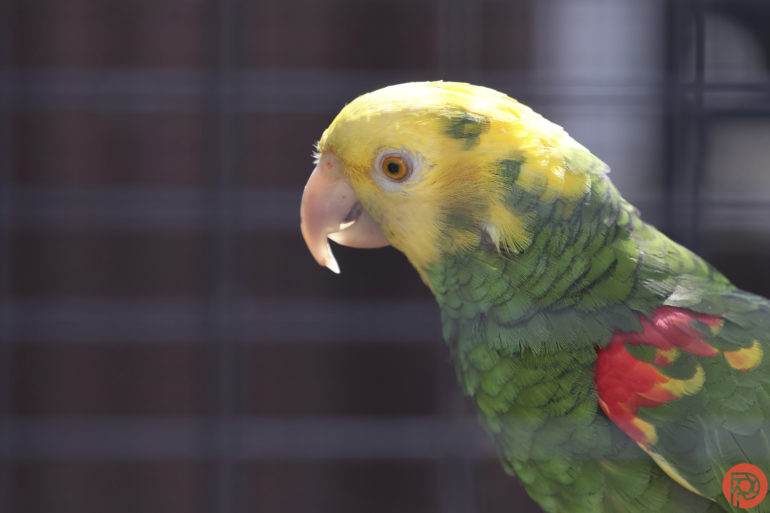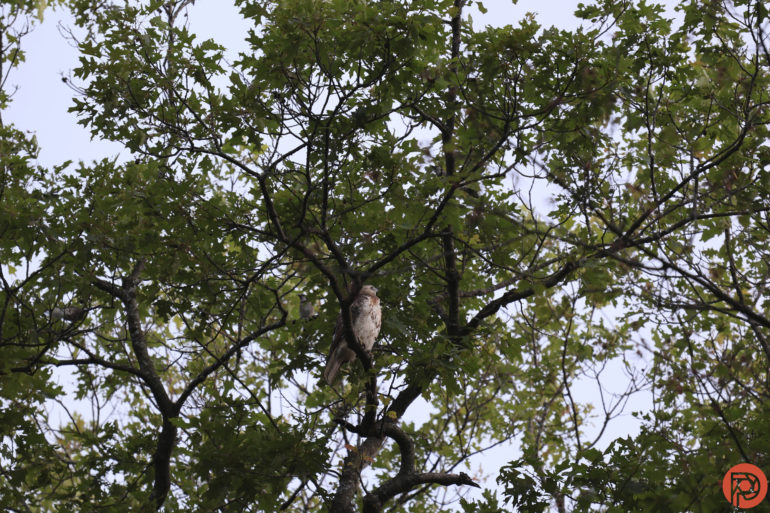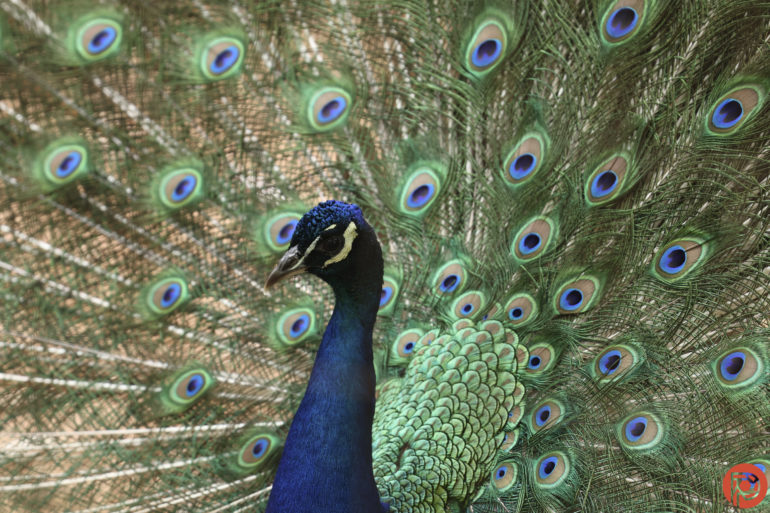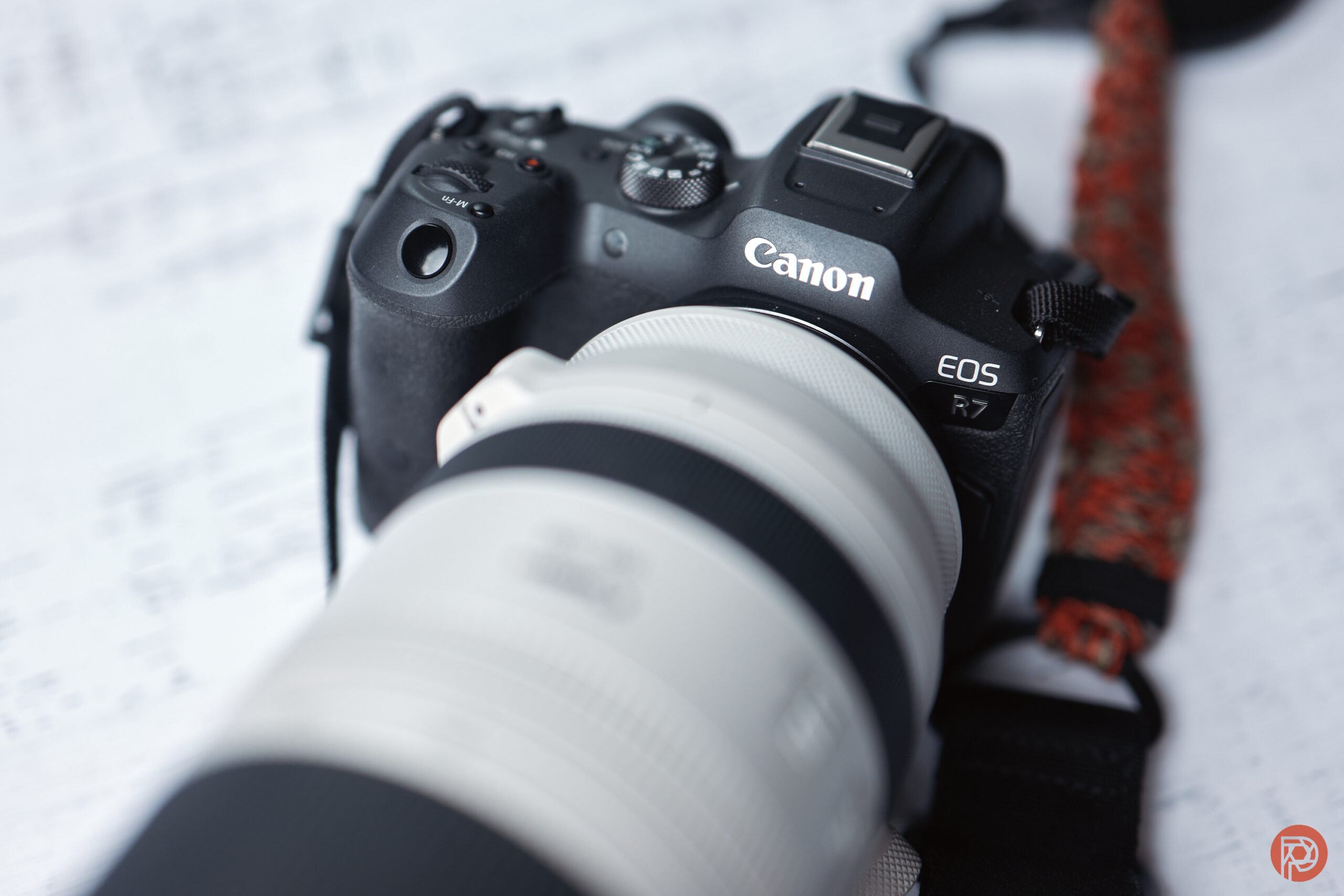If you’re like us, you probably got into bird photography in the past few years. But finding a full-frame camera for bird photography that’s very capable but lightweight can be pretty tough. And sometimes, they don’t give your lenses the reach they need. Bird photography is probably one of the reasons why you got into photography in the first place. Luckily, we know of a few great cameras that will get you all the photos your heart desires. Combined with your camera’s excellent autofocus, these options let you do so much more than just bird photography. We dove into our reviews index to see what’s on the market. Here’s what we think is the best camera for bird photography under $2,000 and some other options too!
How We Chose the Best Cameras for Bird Photography Under $2,000
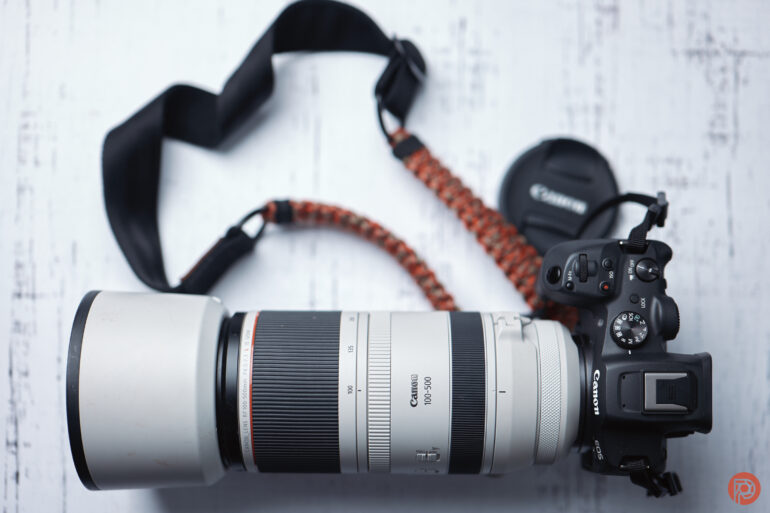
Here’s some insight into how to use this guide to the best cameras for bird photography under $2,000:
- The Phoblographer’s various product round-up features are done in-house. Our philosophy is simple: you wouldn’t get a Wagyu beef steak review from a lifelong vegetarian. And you wouldn’t get photography advice from someone who doesn’t touch the product. We only recommend gear we’ve fully reviewed in these roundups.
- If you’re wondering why your favorite product didn’t make the cut, there’s a chance it’s on another list. If we haven’t reviewed it, we won’t recommend it. This method keeps our lists packed with industry-leading knowledge. Some of our stories include affiliate links. If you buy something through one of these links, we may earn an affiliate commission.
- We firmly believe that the best cameras for bird photography under $2,000 come from Canon. Part of this has to do with the lightweight, durability, and the scene detection involved with the cameras. However, other brands have a few good options too.
- So what makes a camera worth considering as one of the best cameras for bird photography under $2,000? This guide is gauging a few things. First off, there’s affordability. For the money, our selections can do a whole lot. Then there’s the lens selection. We’re also considering autofocus performance.
- The products in this list of the best cameras for bird photography under $2,000 were all tested by us. We also shot all the images ourselves.
If you want to freeze the movement of your flying subject, set your camera to aperture priority, and the ISO to 200 or 400. Use the widest aperture of your lens so your aperture will be fast enough to freeze movement. On the contrary, to blur movement, set it to shutter priority mode, ISO 100, and shutter speed between 1/30 sec and 1/125 sec, depending on how blurred you want the bird or the background to be.
HOW TO PHOTOGRAPH FLYING BIRDS
The Best Camera for Bird Photography Under $2,000: Canon EOS R7
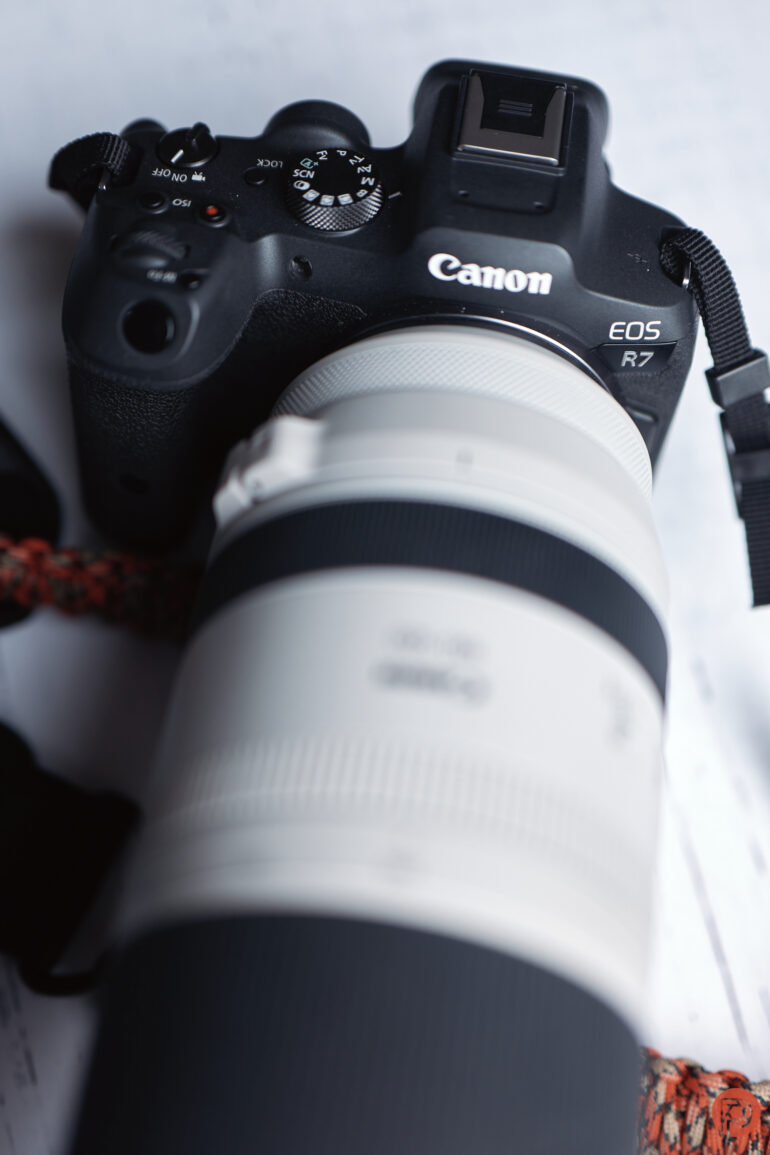
PROS
- Compact
- Fantastic image quality
- Great autofocus
- Weather resistance
- Dual card slots
- Canon’s menus – deeper and pretty simple to navigate, and nowhere near the jungle Sony makes you venture into to find El Dorado
- Incredibly lightweight
- Insanely affordable
- Great high ISO output
- I like the dual back dial and joystick.
- Absolutely phenomenal autofocus when it comes to birds
- ISO 12,800 is incredibly usable.
- WITH A BIRD SHROUDED BY LEAVES, 4/19 PHOTOS WEREN’T IN FOCUS. That’s a great hit rate!
- 500mm at 1/160th still gave me usable results because the image stabilization is so good with this camera and the 100-500mm.
- Exposure preview enabled with focus tracking in low light is very accurate.
- Fastest mechanical shutter almost is like black out free viewfinder
- Canon lets you update the firmware via the app.
CONS
- IBIS doesn’t automatically detect that you’re on a tripod.
- Randomly finds an object and tries to constantly latch onto it at times
- I wish Canon offered more affordable lenses worthy of this camera.
- The ISO button is in an awkward spot.
- I had an odd issue using the Canon Control Ring Adapter and the Irix 150mm f2.8 macro lens. It wouldn’t recognize the lens’s aperture. When I tried to make a photograph, it kept the shutter open. I had to pull the battery to get it to stop.
- I wish it had a blackout-free viewfinder in mechanical shutter mode for all settings.
- Electronic shutter can really be affected by a rolling shutter issue.
- Canon Connect doesn’t let you see the star rating of images within the app.
- Exposure preview really slows down performance with scene recognition, especially in low light. Otherwise, it’s fine.
- Scene recognition isn’t as great for some wildlife in low light.
- Canon’s vehicle technology looks at the shape of a vehicle and whether or not it has wheels. Therefore it isn’t great at tracking trains.
What We Think
The Canon EOS R7 is the best camera for bird photography under $2,000 for great reasons. It had access to tons of great lenses on the higher end side. But in addition to that, the sensor is pixel dense. Providing that you’ve got a lot of good light, this can be great for your images. Crank the ISO into the nuclear range and you’ll be very happy with the fast shutter speeds you can get. On top of that, it’s weather resistant, has great autofocus, and has rarely ever failed us.
In our review, we state:
The Canon EOS R7 is an fantastic camera. Canon took the autofocus of the EOS R3 and packed it into a camera with an APS-C sensor. This is perhaps the thing worth talking about the most as it more or less outperforms the EOS R5 and EOS R6. With that said, the EOS R3 is a fantastic companion to those cameras as well as the original EOS R. As the spiritual successor to the Canon 7D series, the EOS R7 performs very well across the board. The changes to the ergonomics will be welcoming to new customers, and possibly divisive amongst the Canon loyalists. The build quality is outstanding when paired with equally weather-resistant lenses. And the image quality is a fascinating thing to talk about. The high ISO output is exceptionally clean for a camera like this. In some cases, it even outdoes the Canon EOS R, a full-frame sensor camera.
Of course, it’s not all perfect. The Canon EOS R7 could benefit from a truly blackout-free shutter outside of the electronic shutter mode. It could also do more to get rid of some of the rolling shutter we saw, which wasn’t pronounced but still visible. The IBIS also doesn’t detect that you’re putting the camera on a tripod automatically.
The Canon EOS R7 also has pretty good high ISO output for what it is: a 33MP APS-C camera. It’s more versatile than what Fujifilm offers with the XH2. And while I don’t think the output looks as good in low-light with Fuji’s film simulations, Canon objectively still makes better lenses that help with that. However, the high ISO output of the Canon EOS R7 is more for sports and wildlife-related subject matter. With that in mind, I think that the high ISO output from the Canon EOS R7 is beating what Fujifilm does with the XH2s and XH2.
Objectively speaking, this is the best APS-C mirrorless camera on the market; but it still has problems. That’s more of a comment on the photo industry as a whole though more than what Canon delivered at an insanely good price point.
Perhaps my biggest problem with the Canon EOS R7 doesn’t have to do with the camera itself. Instead, it has to do with the lens ecosystem. Canon’s non-L glass isn’t worthy of being on this camera. The 100-400mm made me roll my eyes at how it performed while on the press trip. Canon needs to do more with its lower-end lenses and also deliver weather-resistance on those too.
In my mind, I can hear Canon’s reps saying, “But the price of only $1,499, Chris.” And they’re right. However, I have no sympathy for billion dollar companies that offer barely any wiggle room to retailers. And you shouldn’t either. Canon can do more with this camera and I hope they do via firmware updates.

The Canon EOS R7 receives four out of five stars. Want one? Check them out at Adorama, Amazon or on Lensrentals to find the best deals.
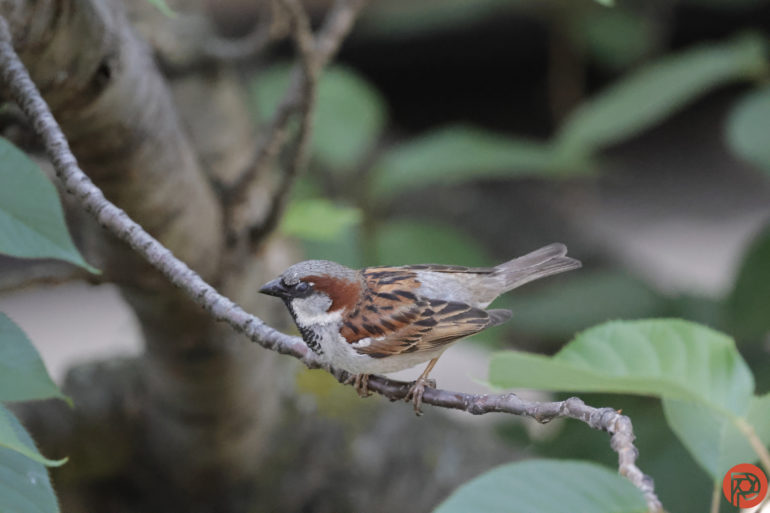
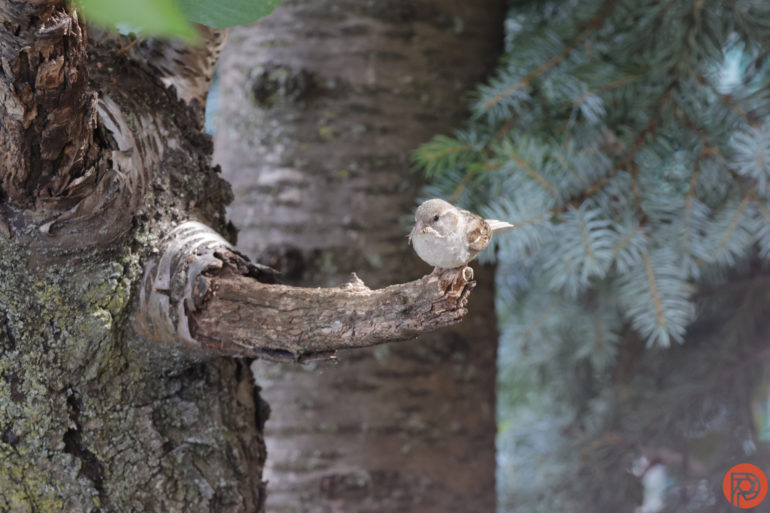
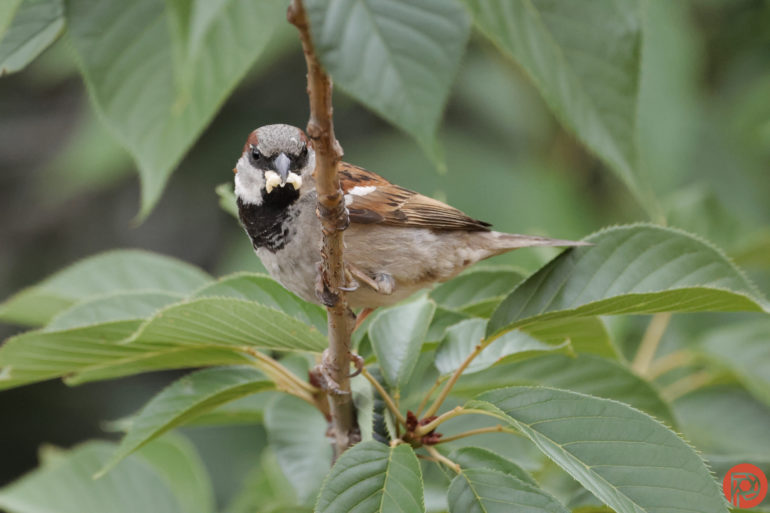
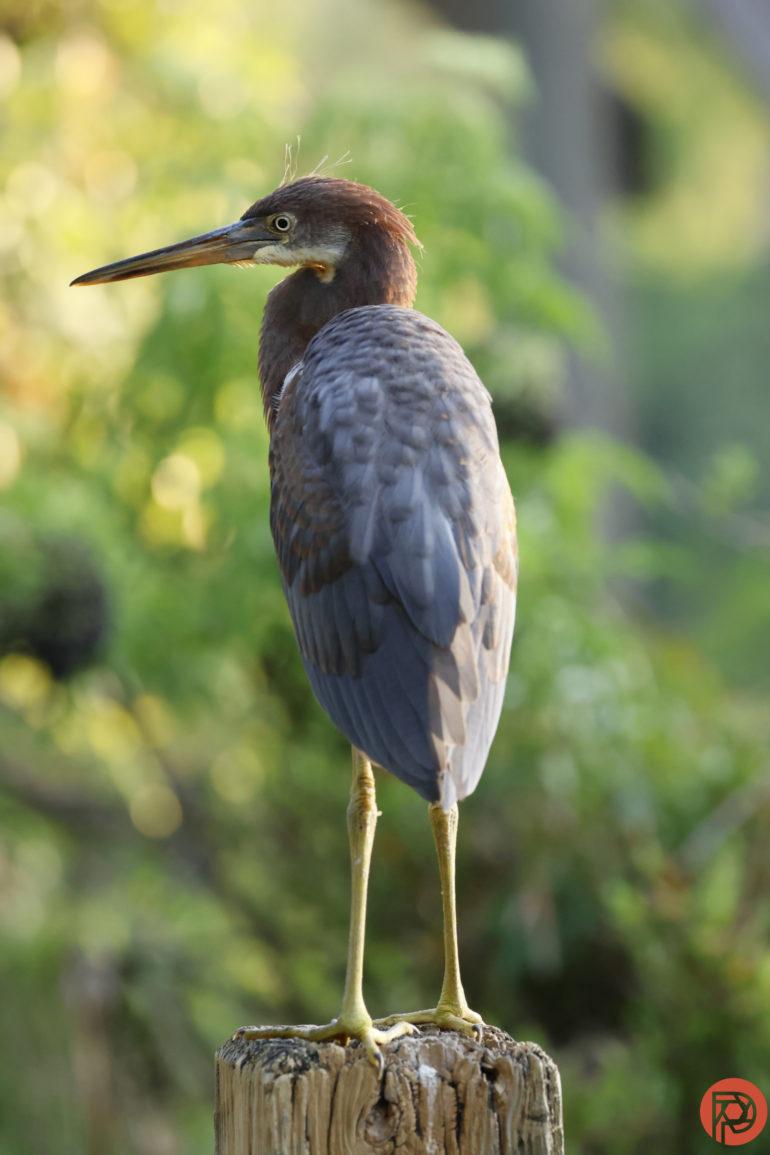
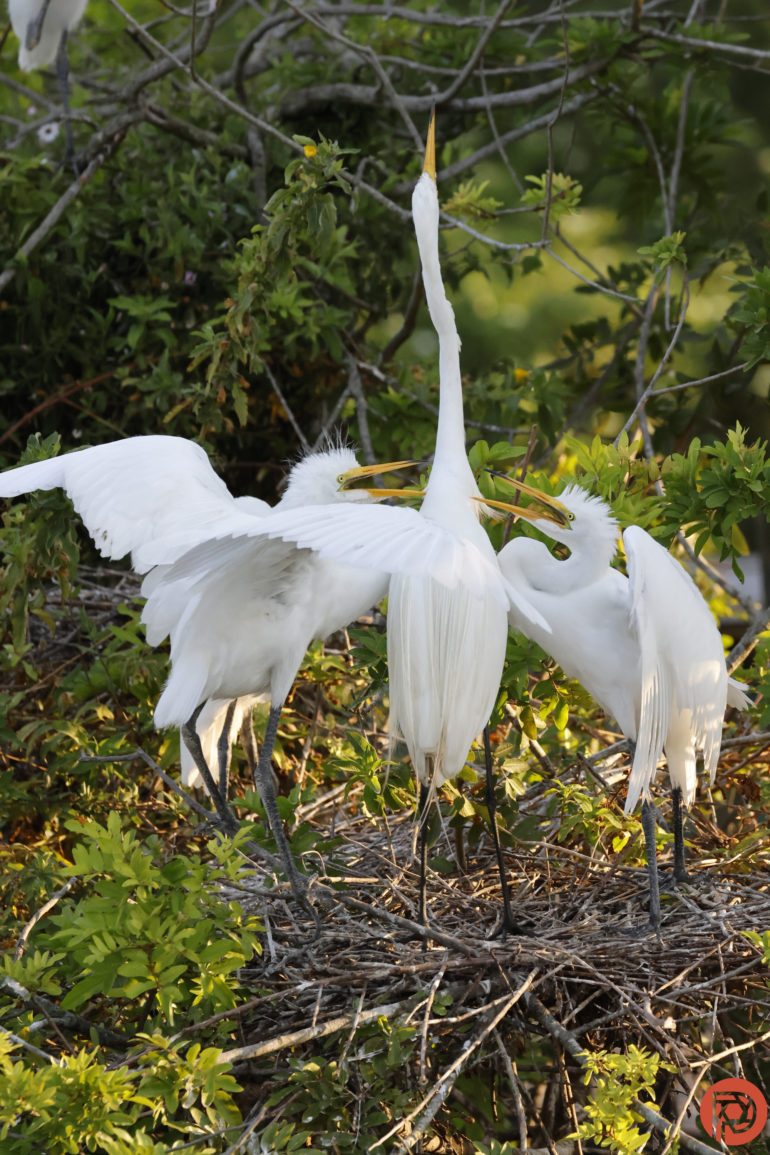
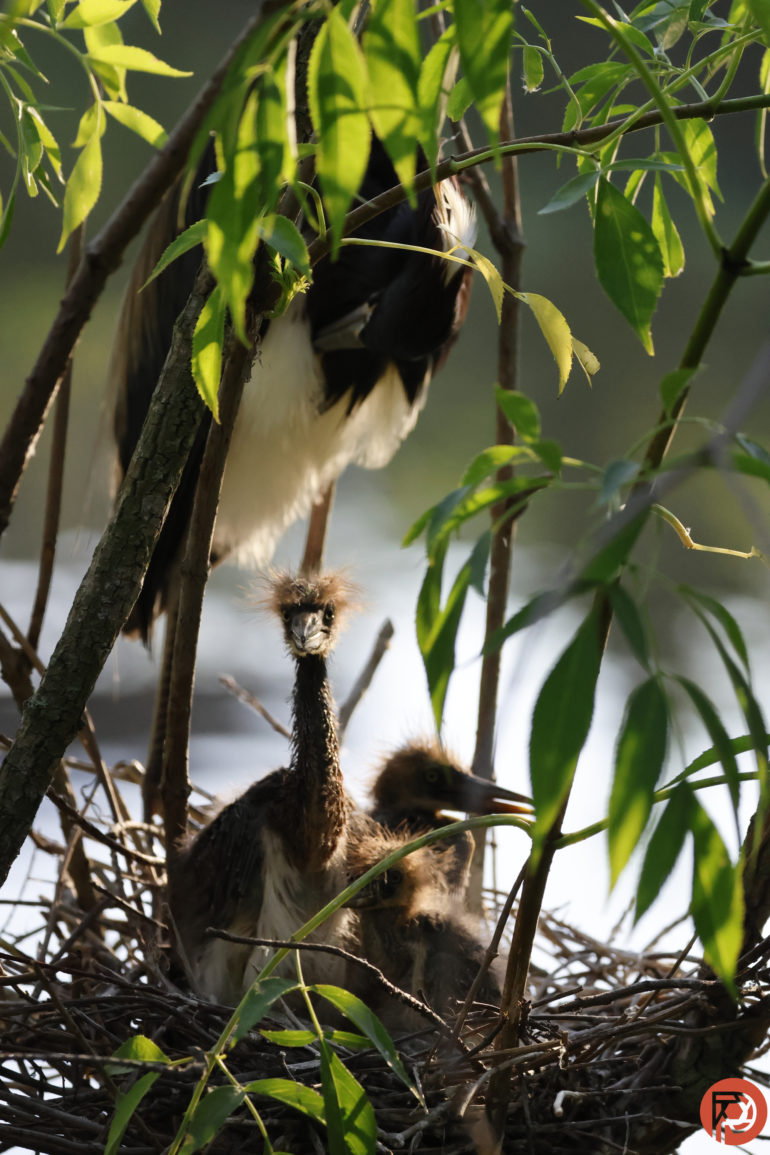
Other Great cameras for bird photography under $2,000
Here are other great options that photographers will enjoy. It’s quite difficult to get a camera that’s great for bird photography and that’s under $2,000. But we’re specifically choosing options that have the AI/scene detection built in for it. Sure, another camera can do it. But it probably won’t be able to find a bird in the scene as fast as you can with a focus point without using the center. Check out this list.
Fujifilm XT5
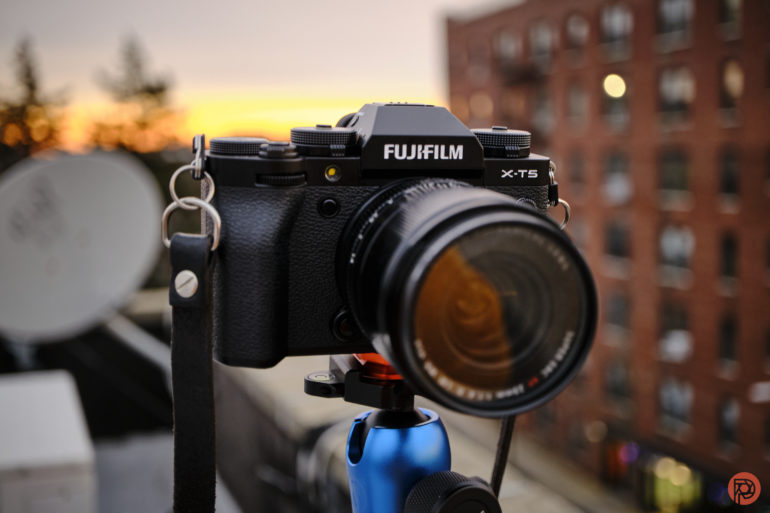
In our review, we state:
The addition of animal eye AF is a much-needed update, and a nice tool to use. But, it’s not as good as competing cameras. It does fine for a bird sitting on a branch, but it struggles to keep up with motion. The XT5 also doesn’t do as well picking a bird out of a mess of branches as Canon’s animal eye AF. A few times, the XT5 was like “nope, I’ve got nothing” and couldn’t pick up on the bird. Once, it found the bird and put the focus box there, but wouldn’t actually focus there.
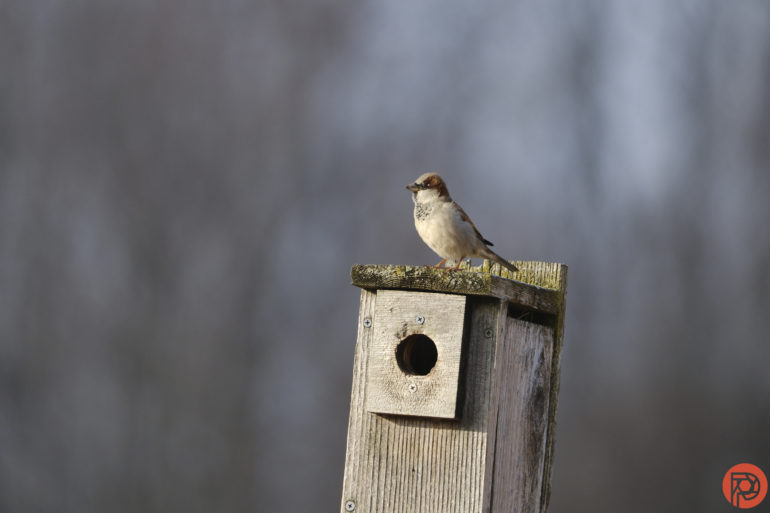
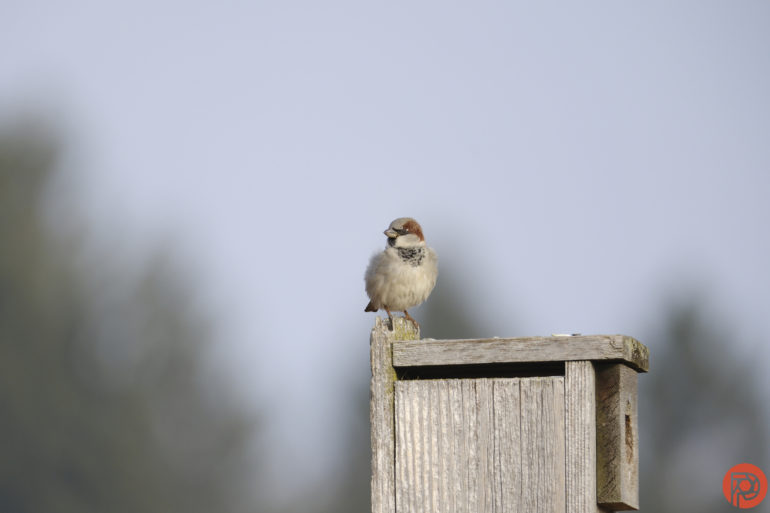
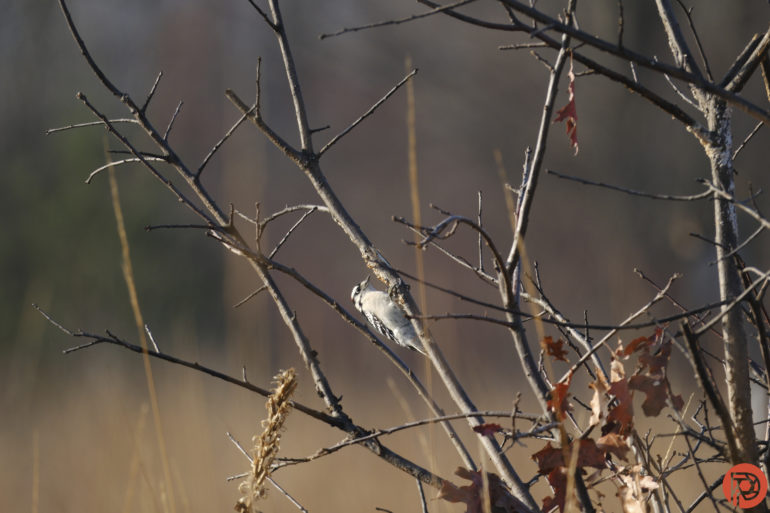
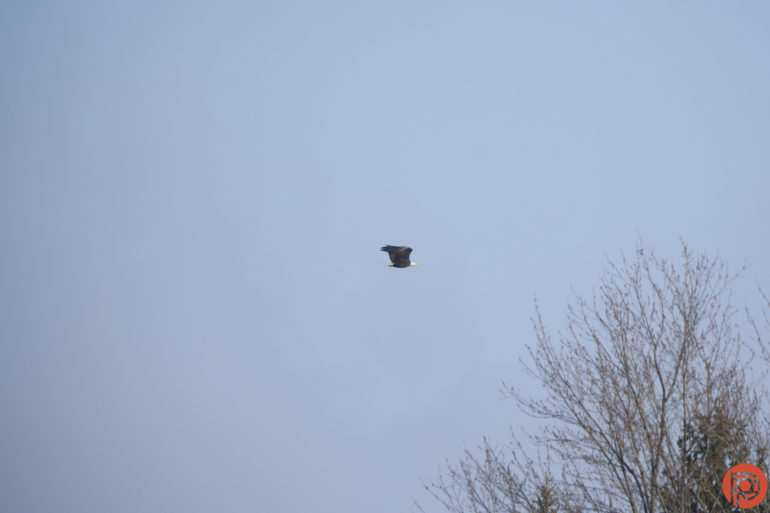
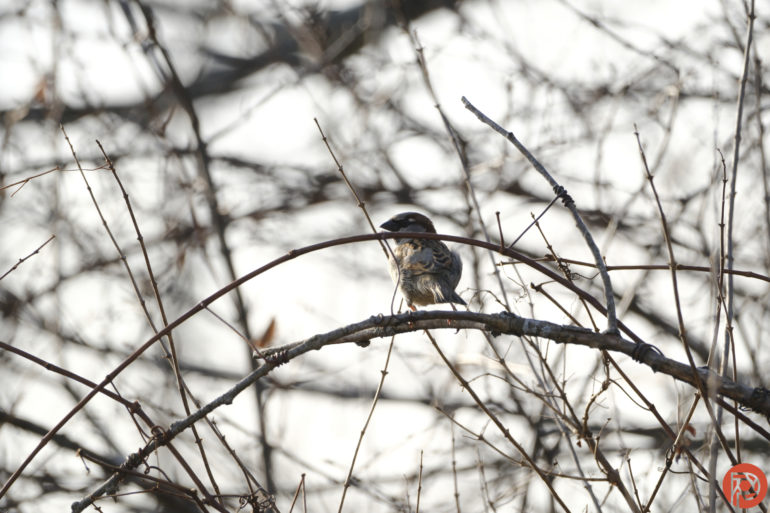
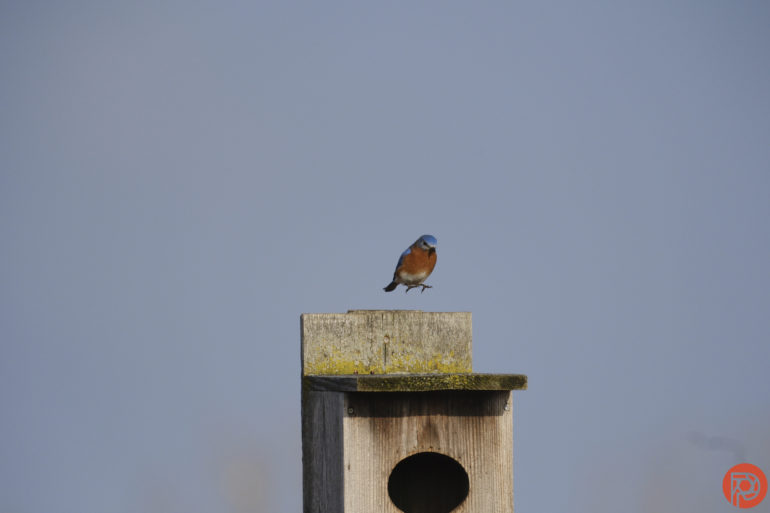
Canon EOS R10
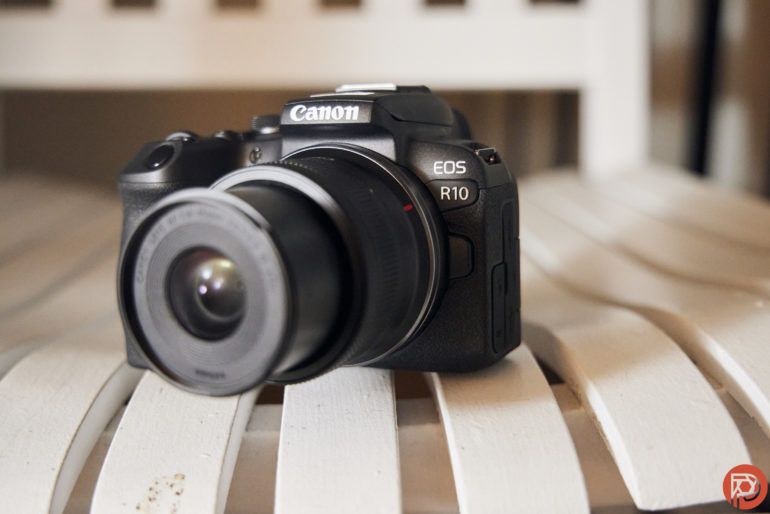
In our review, we state:
For a beginner’s camera, the R10 did quite well at picking up the eyes of people and animals. The R10 could pick through branches and capture sharp images of birds on branches without me attempting to quickly move the autofocus point over with the joystick. It even managed to pick up a few sharp shots of birds in flight. I photographed this turkey out of the passenger seat of a truck, and I had milliseconds before I scared it off into the foliage. The R10 impressively managed to pick up the bird’s head in all that green.
